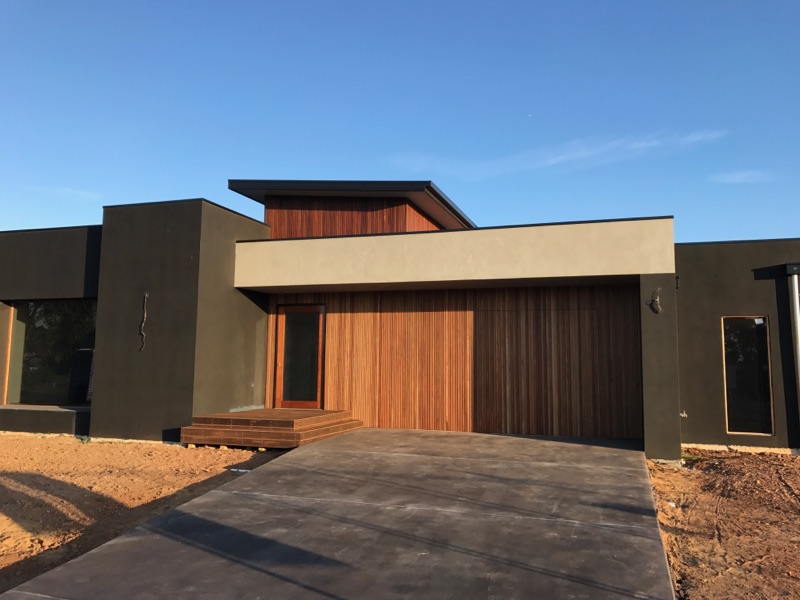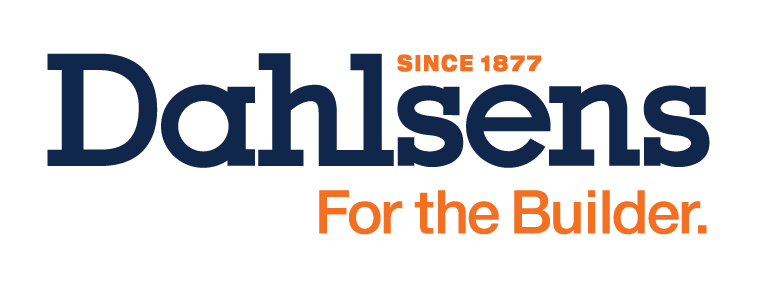
More than just bricks
Any builder will tell you that bricklaying can be a tediously slow process – a problem only exacerbated by the current shortage of brickie labourers. While bricks remain the primary cladding product in the market, innovation in materials means that builders now have more choice in cladding than ever.
To keep their sites ticking along, more builders are looking to low maintenance weatherboards made of fibre cement, fully certified rendered finishes or interlocking cladding boards made of coloured plastic composites for exterior walls.
These options may require further treatment such as rendering or painting, yet the many benefits of composite (lightweight) cladding, particularly in terms of colour, texture and ease of installation, can make it a highly attractive alternative to bricks.
So what are the best cladding products on the market today?
Our top picks: non-brick cladding systems
In Victoria, the leading manufacturers of non-brick wall cladding systems are James Hardie, Unitex, Weathertex and Hebel.
Unitex
Australia’s premier cladding and coating company, Unitex offers an ever-increasing range of base board, renders, textures, mouldings and decorative columns.
The best-selling Unitex system is Base Board cladding, a total cladding solution with every component made in-house to exacting standards. Unitex’s Base Board cladding systems are amongst the most highly accredited EIFS* cladding systems available in Australia.
| Unitex pros | Unitex cons |
| Great for thermal insulation | Requires a wet trade (renderer) |
| Light weight, hence fast to install especially for upper storey | |
| Full system accreditation Codemark |
James Hardie
James Hardie continues to innovate. The fibre cement product manufacturer provides a complete solution for creating well-designed homes.
Their product line is specifically manufactured to suit a variety of architectural styles – from classic and traditional to ultra-modern and contemporary designs. Each product will work well individually, in unison with other James Hardie products, or in combination with other materials.
Numerous profiles and finishes means there are options to suit a range of interior and exterior building applications. Today, fibre cement products are used extensively in new residential construction, alterations and additions as well as a variety of commercial applications.
| James Hardie pros | James Hardie cons |
| Fast to install, usually by the carpenter | Most products require further treatment. e.g. painting |
| Easy to design with, especially facades | |
| Resistant to moisture, rotting and warping | |
| Impact resistant and low in maintenance | |
| Resistant to termite damage | |
| Highly durable, will not burn |
Weathertex
The only company worldwide to be given a platinum rating from Green Tag and winner of the Trusted Brands of the 2016 Architecture & Design review, Weathertex is a specialist cladding manufacturer, with history dating back to 1939.
100% Australian owned, Weathertex offer a wide range of high quality timber cladding weatherboards and architectural panels including Weathergroove.
Weathertex products appeal to many builders and consumers because they are eco-friendly and made of real wood. Using PEFC certified state forest or private hardwoods from controlled sources, the logs are chipped, pulped and pressed with 3% natural wax to make timber wall panelling products that are completely natural with no chemical additives.
| Weathertex pros | Weathertex cons |
| Fast to install, usually by the carpenter | May be subject to ‘movement’ |
| Easy to design with, especially facades | |
| Eco-friendly (made of wood) |
Hebel
Hebel is Australia’s leading manufacturer of autoclaved aerated concrete (AAC). Backed by CSR, Hebel is a strong yet relatively lightweight building product that is available in panels or blocks.
Hebel panels contain anti-corrosion steel reinforcement for added strength. They are available in a range of lengths for applications including walls, floors and external cladding.
“One standard Hebel panel is the equivalent of 75 traditional bricks. This means a 150m2 home can go up in as little as three days when installed by experienced Hebel installers,” says Ivan Van Der Wert, CSR Hebel.
Durable and time efficient, Hebel panels are used in all construction types from houses, apartments and commercial buildings to civil applications.
| Hebel pros | Hebel cons |
| Excellent acoustic performance | Panels not exactly light weight (largest panel up to 138kg) |
| Fire resistant, especially suited for fire-rated applications | Usually requires a wet trade for coating |
| Quick to install |
|
An important reminder about accreditation
Not all composite cladding options are equal. It is absolutely essentialthat cladding systems are accredited. Recently, too many dubious cladding products have been imported and installed on buildings in Australia in search of cost saving and without much regard to public safety.
The latest incident of this made national news, when the external cladding of the 23-storey Lacrosse Building in Melbourne’s Docklands caught fire. This is a very serious example of non-accredited cladding putting people’s safety at risk.
A system accreditation means that the company producing and selling that system is independently tested and thoroughly audited along with each product that is included in the system. This also ensures quality control procedures are in place and that the system stands up to the company’s claims.

